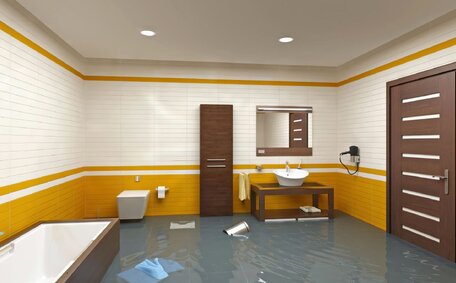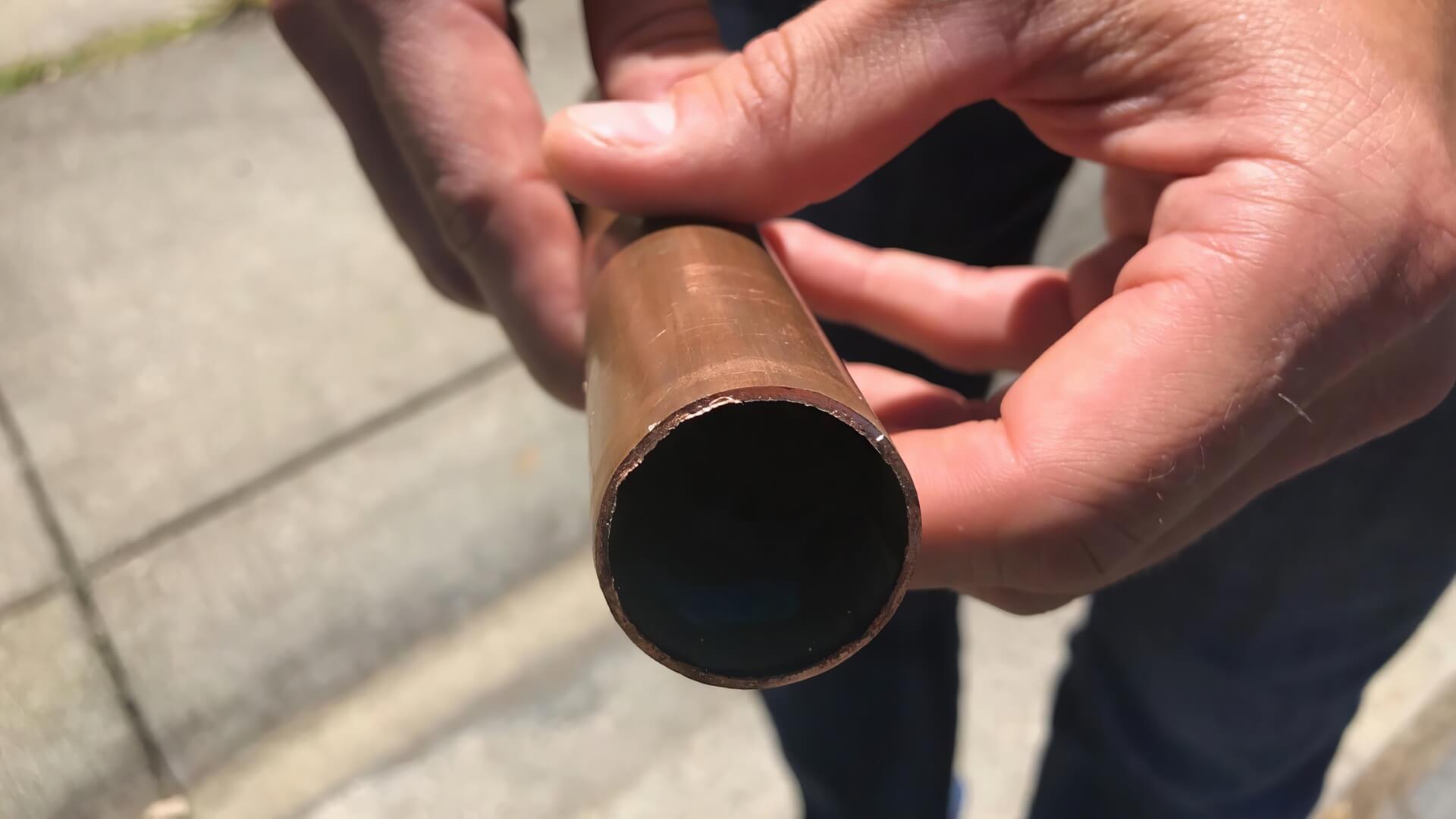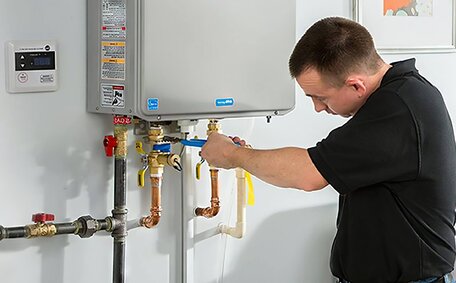
Signs Your Hot Water System Is Failing
Common signs your hot water system is failing include strange noises, rust, leaks, inconsistent temperature and pressure. Call our licensed plumbers if you notice these issues for repairs.
Read MoreIt’s essential to comprehend and adhere to Australian hot water system regulations to guarantee safety, enhance energy efficiency, and fulfil compliance standards. Distinct regulations across states govern the installation, maintenance, and usage of hot water systems, including electric, solar, heat pump, and gas models.
Installation regulations for hot water systems are designed to control water temperature, reducing the risk of scalding injuries, particularly for vulnerable populations such as children and the elderly, and to prevent Legionella bacteria proliferation in storage tanks. Moreover, regulations outline requirements for components like tempering and thermostatic mixing valves, crucial for managing water temperatures.
With rising energy expenses and ecological considerations, regulations should promote renewable system adoption and mandate regular inspections by qualified technicians. Non-compliance with regulations can incur penalties, emphasising the importance of keeping abreast with the continuous updates to building codes and efficiency standards.
This guide will break down the regulations specific to New South Wales and explore variations across other states as we discuss safety, installation, and maintenance considerations for all hot water systems. Adhering to best practices ensures your system aligns with E-A-T standards, helping you avoid risks and costs while taking advantage of available incentives.
To make sure Australian hot water systems comply, we adhere to the key safety standards outlined in AS/NZS 3500.4:2015. This covers measures to prevent scalding injuries and Legionella bacteria growth.
Compliance with these standards reduces risks and aligns with Expertise, Authoritativeness, and Trustworthiness expectations. Failing to do so can attract penalties, so install your systems with qualified plumbers like Marrickville Plumbing for safe installation and maintenance.
Australian regulations stipulate hot water delivery temperatures should not exceed 50°C from taps and showers used primarily for personal hygiene. This limit aims to prevent severe scalding, ensuring the safety of your family, especially for at-risk groups including young children and the elderly.
Water temperatures exceeding 50°C can inflict third-degree burns in under 5 seconds. Vulnerable groups and individuals with sensory loss are at particular risk of injury from the dangers hot water may pose. Hot water accounts for nearly one-third of all childhood scalds.
Tempering valves automatically blend hot tap water with run cold water to no more than 50 degrees centigrade at the point of outlet. These are mandated on storage water heater installations used for bathing, ensuring your tap water is consistently at a safe temperature.
Thermostatic mixing valves similarly control delivery temperatures, ensuring hot water tap safety for groups of outlets in central hot water systems, adjusting based on pressure and temperature changes.
By controlling the maximum temperature hot water systems deliver, these Valves provide protection from unsafe hot water temperature. They account for variables like seasonal fluctuations that alter cold water supply temperature.
Lower water temperatures may be necessary in bathrooms for at-risk individuals; adjustable valves provide the flexibility to ensure their safety.
Hot water storage systems must installed components that heat water to a minimum of 60°C to control the growth of potentially dangerous bacteria like Legionella. At this temperature, water is hot enough to kill bacterial growth within storage tanks and pipework.
Water temperatures between 20-50°C can foster Legionella growth. Neglecting hot water heaters, thus permitting bacterial proliferation, can result in the inhalation of contaminated water vapour, potentially causing life-threatening Legionnaires’ disease in susceptible individuals.
Regulations mandating a minimum storage temperature of 60°C ensure water safety and protect against health hazards in household and facility hot water management. However, this tap water then requires tempering to make it safe at points of use.
Regular inspections and risk management of heat pump hot water systems, particularly by licensed plumbers, are crucial in facilities with cooling towers or vulnerable individuals. Flushing infrequently used outlets regularly is also advised to keep bacterial growth out your pipes.
Complying with the 60°C control point delivers safety for occupants while meeting Expertise, Authoritativeness and Trust standards expected of businesses.
Australian homes utilise various hot water systems, such as storage and continuous flow models. Each has distinct features that require compliance with safety and efficiency regulations.
System Type Key Features Regulation Considerations
| Storage-Based (e.g. electric, solar hot water, solar heat pump) |
|
|
| Instantaneous Water Heaters (Continuous Flow) (e.g. gas, electric hot) |
|
|
Understanding these key differences allows proper maintenance and operation in line with regulations to optimise safety, efficiency and reliability.
System Type Energy Consumption Regulation Considerations
| Storage-Based |
|
|
| Continuous Flow |
|
|
Understanding where each system consumes energy differently allows consumers to choose the optimal system based on household needs while meeting efficiency regulations.
Energy efficiency is a crucial consideration for hot water systems in Australia due to rising energy costs and growing environmental awareness. Regulations now mandate minimum efficiency standards and incentivise the use of smallscale technology for renewable energy.
Prevalent storage-based systems may face 10-25% standby heat loss costs. Continuous flow units prevent this by instantly heating water as needed. Under regulations, all heaters must meet strict greenhouse gas emissions targets and technology certificates (STC) requirements, often amounting to a significant per cent based on climate zone.
Solar hot and heat pump systems earn technology certificates STCs to make them more affordable. Rebates also apply for switching from traditional natural gas water heaters to electric models. Choosing a hot water system new design reduces operating expenses while meeting sustainability goals.
Marrickville Plumbing offer advice on maximising grants and incentives when installing energy and cost saving solar hot water systems. Advanced hot water heater technology like heat pump can cut energy use by over 60% compared to conventional storage heaters.
With the right system and maintenance, Marrickville households and businesses benefit from safety, reliability, and efficiency while complying with energy regulations now and into the future.
Tempering valves and therostatic mixing valves play a vital role in regulating hot water temperature for safety and compliance.
Tempering valves, by blending hot and cold water to a safe, predetermined temperature, prevent scalding risks even when the bathroom is enclosed. They guarantee storage heaters deliver water at no more than 50°C, even when it’s heated to ≥60°C in the tank.
Thermostatic mixing valves similarly moderate temperatures to multiple outlet groups in large facilities with central distribution systems. They account for pressure and temperature fluctuations to maintain a consistent ≤50°C at points of use.
Temperature control devices offer a reliable engineering solution for managing water temperature, circumventing the need for warning signage or user diligence and effectively reducing scald incidents by more than 90%.
Thermostatic mixing valve and water system installation, maintenance and testing to AS 4032.1 and AS 4032.2 standards ensures ongoing performance. Neglecting valves risks regulatory breaches, with significant penalties applicable.
Hot water system installation regulations differ notably across Australia’s states and territories. This is an important consideration when installing or maintaining hot water systems to ensure full compliance.
Here in New South Wales, regulations are governed by the Plumbing Code Australia which adopts AS/NZS 3500 as the technical standard. However, States differ in their implementation of this code, especially regarding licensing, permissible materials, and inspection protocols, leading to variability in regulations.
Queensland mandates a licenced plumber must install all hot water units while Victoria has a wider range of compliance paths. Backflow prevention requirements also differ such as South Australia needing isolation valves on both hot and cold supply lines.
The ever-changing complexity of regulations calls for the expertise of professional plumbers like Marrickville Plumbing to streamline the installation process. Our fully licenced team stays up-to-date on Sydney Water bylaws and relevant regulations, providing you with more information on the right hot water system to meet your safety, efficiency, and compliance needs.
Ongoing maintenance is vital for hot water systems to keep performing safely and reliably while meeting regulations over time. Licenced technicians like Marrickville Plumbing offer maintenance services to avoid risks and costs of non-compliant operation.
Key maintenance tips include:
With routine servicing tailored to your system, households and businesses in the Marrickville area can continually meet safety and efficiency regulations for worry-free operation.
Keeping your hot water system compliant and running optimally ensures ongoing safety and reliability for your home or business. The experienced team at Marrickville Plumbing can help you meet all regulations through services like:
Having served Marrickville and adjacent areas for more than ten years, we’re well-versed in Sydney Water bylaws and current plumbing code alterations, allowing us to guide you effortlessly.
Contact the knowledgeable Marrickville Plumbing team on 1300 349 338 or jobs@marrickvilleplumbingservices.com.au to discuss your hot water system questions. Book an inspection or service today to keep your household or business operating reliably within updated regulations.
Common signs your hot water system is failing include strange noises, rust, leaks, inconsistent temperature and pressure. Call our licensed plumbers if you notice these issues for repairs.
Read MorePipe relining is an eco-friendly alternative to pipe replacement that uses materials like epoxy resin to repair pipes without digging. It produces less waste and emissions than traditional methods. Learn about the environmental benefits of trenchless pipe relining.
Read MoreReplacing an outdated electric, gas or solar hot water system with a more efficient heat pump or solar model can significantly reduce your energy bills and carbon footprint. Take advantage of available rebates. Contact us to retrofit your old system today.
Read MoreMarrickville, 2204 NSW
We will call back as soon as possible.




